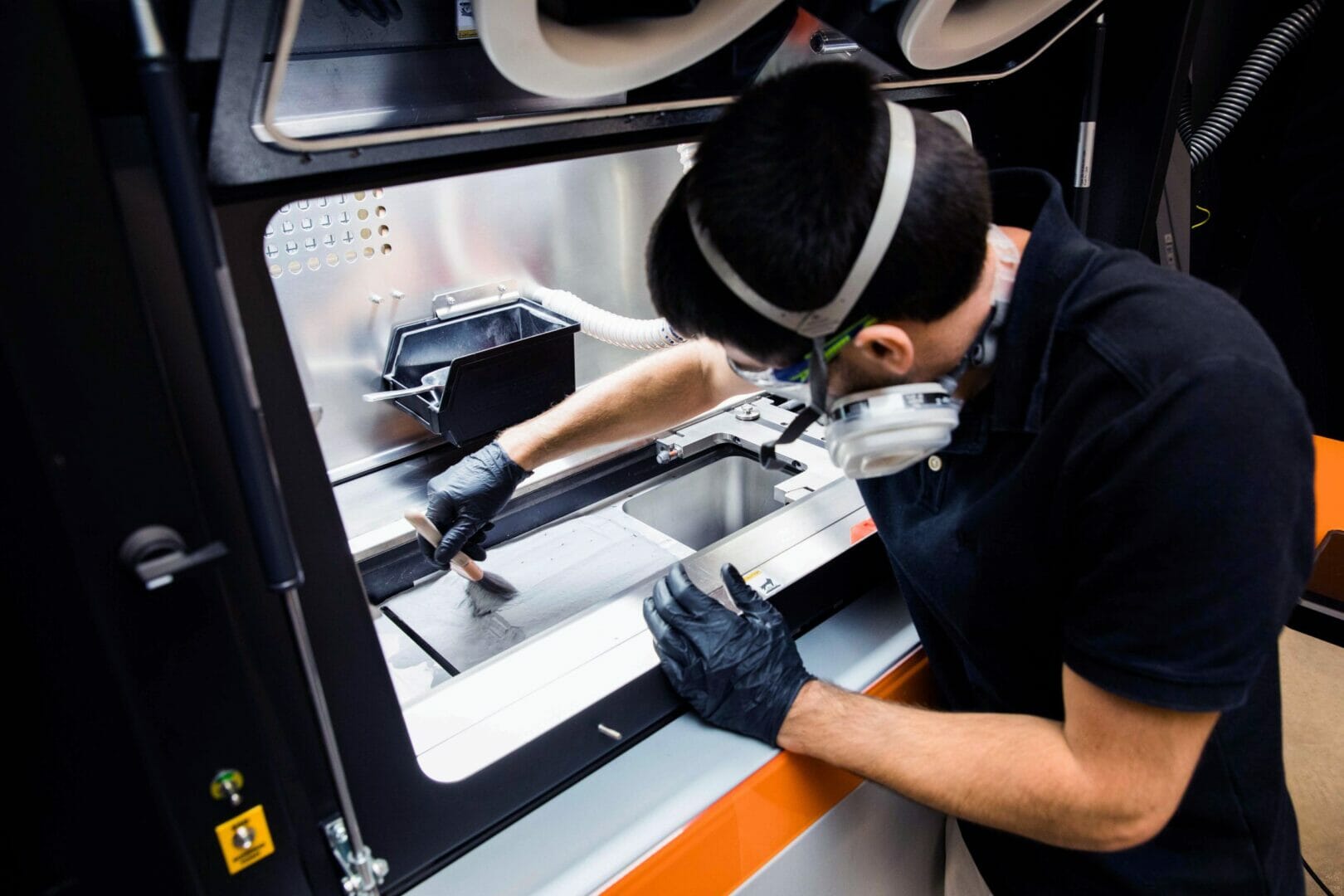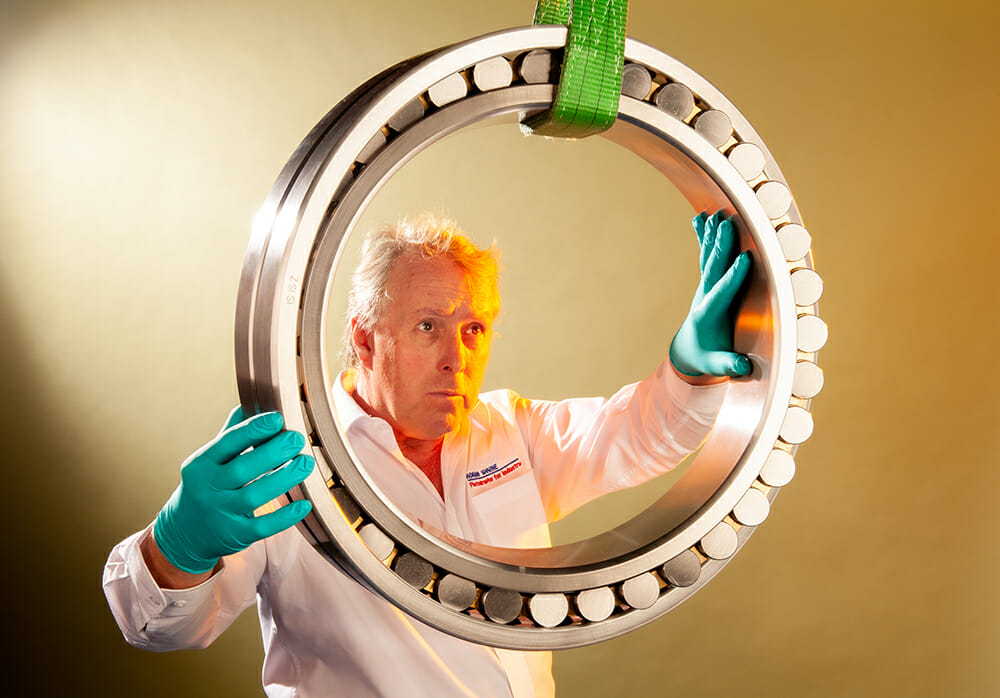When additive manufacturing (AM) and medical technology are discussed, numerous examples come to mind. The production of medical devices are perhaps the first examples, but AM is increasingly becoming vital in the production of implants and new prosthetic technology.
The advantages of AM are mainly to be found in the production method. The technology allows for geometries and complex shapes that cannot be produced in any other way. As a result, cavities and special surface structures can be realized, while the process also allows much shorter production times than other manufacturing technologies.
One of the areas of application in which this flexibility can be put to good use in medicine is the manufacture of implants for use in the human body. Since implants must remain in the body for as long as possible, it is particularly important that legal quality requirements such as the ISO 13485 standard are met during production. The core claim of this ISO standard is that the medical products produced are safe for use in the human body as well as being effective.

Image: Tobias Hase (www.hase-fotografie.de)
Orbital implants or even entire skullcaps can be created using AM. This ensures compatibility and long retention time in the human body and are usually made of titanium alloy Ti6Al4V – a completely biocompatible material. The implants often have integrated grid and sponge structures which are easier to produce by AM. For moving parts, like joints or knee implants, Cobalt-Chrome can be used.
In medicine, time is often a decisive factor. For example, if a cranial bone implant is required, it must be available to use on the patient as quickly as possible. Since AM eliminates the need for special tools, production can take place as soon as the manufacturer receives the CAD model.
These days, implants that don’t need to be custom-made are increasingly being produced on-demand by AM. Take implants for use in the spinal column for example; since the number of variants is quite high, but the required number of pieces per variant remains low, it is more economical for hospitals to rely on AM for these implants. The required implants can then be delivered as needed and thus expensive storage costs are avoided by the hospital.
AM is already an indispensable part of medicine, helping to improve or save human lives every day. And the possibilities and advantages that this technology promises to open up to mankind in the future is truly exciting.








